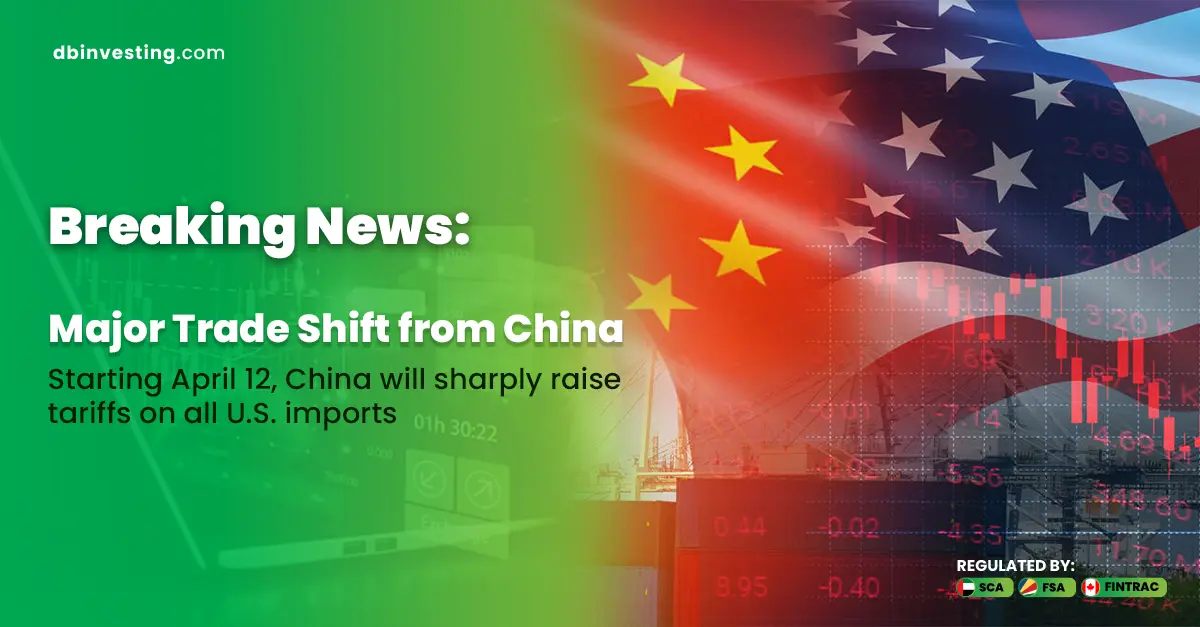1. Understanding Unemployment Claims
Overview
The United States remains one of the world’s largest economies, and its labor market is closely watched for its ripple effect across global markets. Among the key indicators is Unemployment Claims, often used as an early signal of economic direction.
Definition
Unemployment claims refer to the number of individuals applying for unemployment benefits after losing their jobs. These include:
- Initial Jobless Claims: First-time applicants during a specific week.
- Continued Claims: Individuals continuing to receive benefits for more than one week.
📊 2. Current Status & Key Influences (As of Early 2025)
Latest Figures
- Weekly initial claims in early 2025: 220,000 – 240,000
- Continued claims: 1.8 – 2 million, a slight increase signaling slower job creation.
Key Influencing Factors
- Federal Reserve Policy: Higher interest rates to fight inflation have led to slower hiring.
- Tech Transformation: AI and automation are reducing jobs in certain sectors.
- Global Uncertainty: Trade wars, geopolitical tensions, and supply chain volatility continue to impact employment.
📉 3. Impact, Forecast & Recommendations
Impact on:
- U.S. Economy:
- Decreased consumer spending due to unemployment.
- Higher government spending on unemployment benefits.
- Indicators of layoffs or hiring freezes.
- Monetary Policy:
- Jobless claims data help the Fed adjust interest rates.
- Lower claims → tightening; higher claims → easing.
- Financial Markets:
- Claims data can trigger immediate reactions in stocks and bonds.
- Unexpected increases often lead to market pullbacks.
Outlook (2025)
- Slight volatility expected in claims if the economy slows.
- Government to increase investment in reskilling and digital economy alignment.
- The Fed may adjust policies based on labor market performance.
Recommendations
- Strengthen vocational and technical education.
- Boost job-rich sectors like clean energy and healthcare.
- Reevaluate remote and gig work policies for long-term job stability.
- Support SMEs to enhance employment.
🏁 Conclusion
Unemployment claims are a vital gauge of the health of the U.S. labor market. Although current levels appear stable, ongoing global and domestic shifts require continuous monitoring and flexible responses to ensure economic resilience and employment growth.






